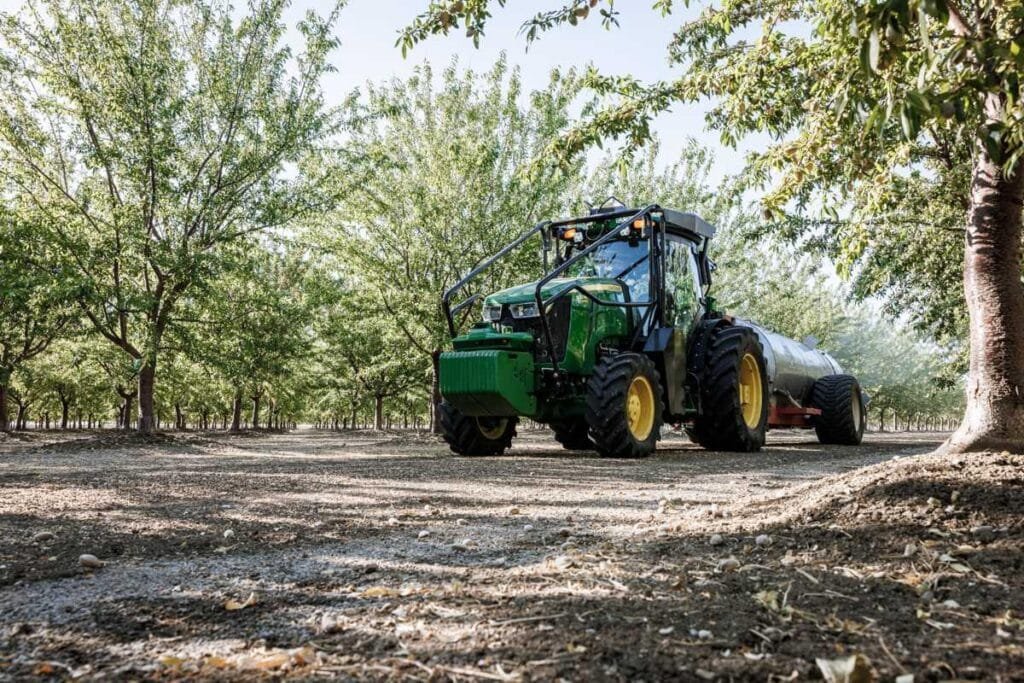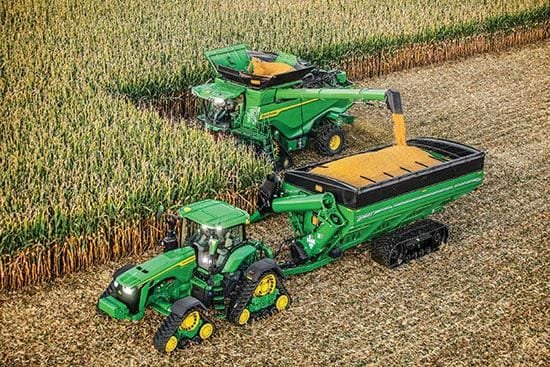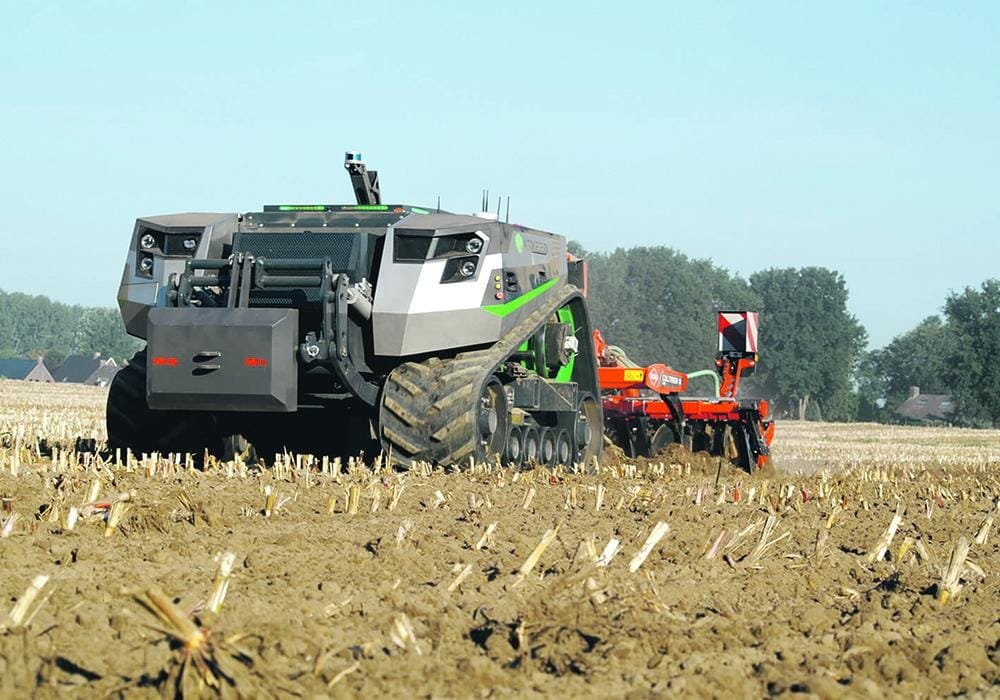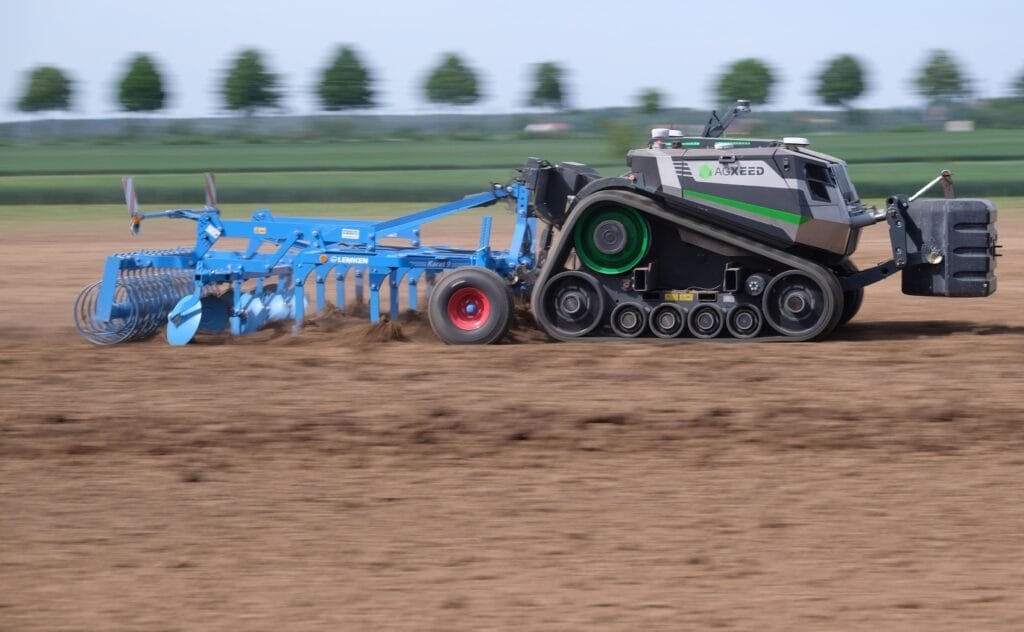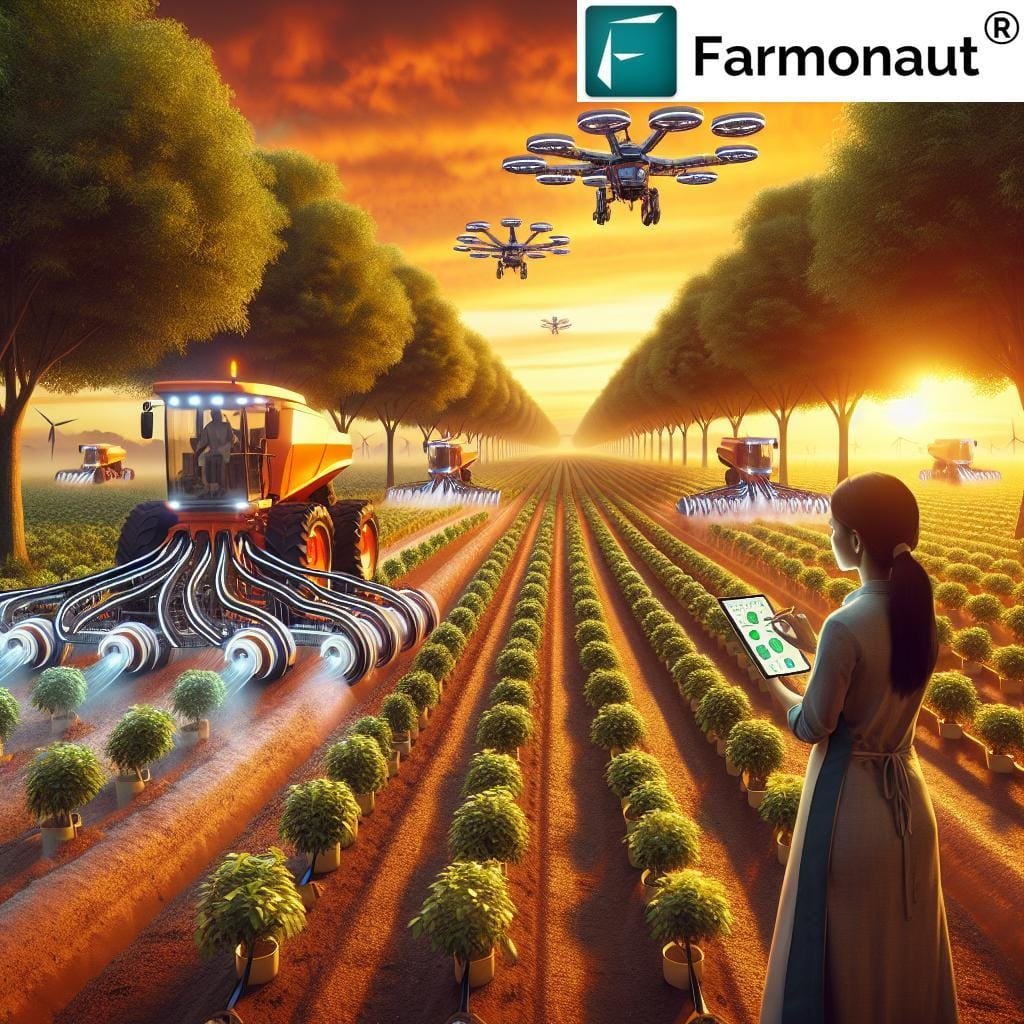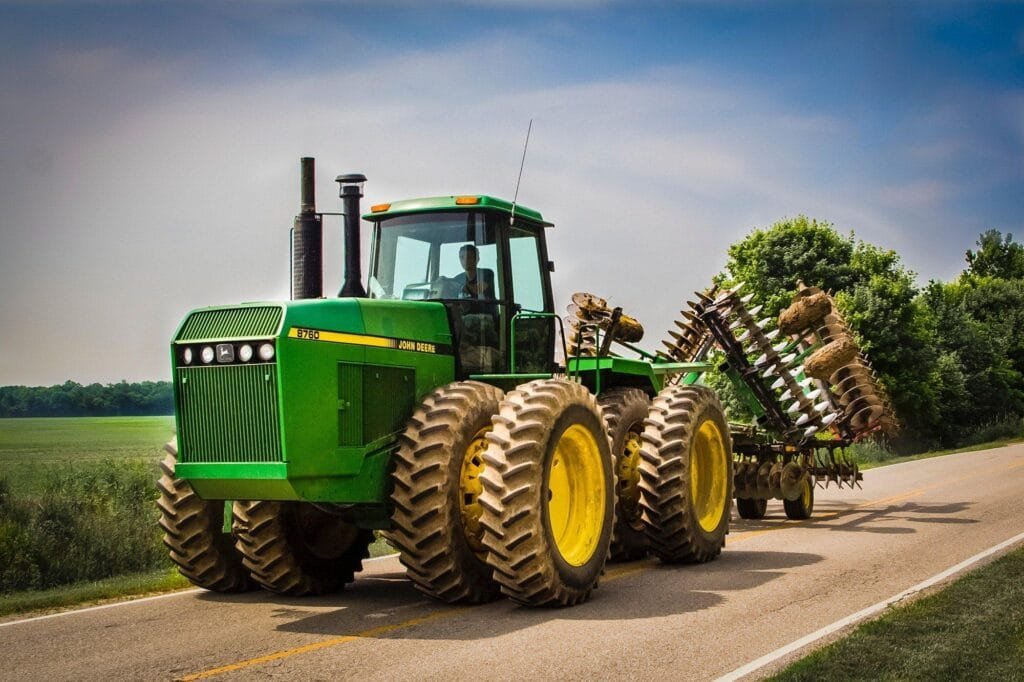Innovation is rarely a straight path; sometimes, change skids sideways in the mud and leaves a different kind of mark. That is what the new 5ML orchard tractor brings to fields shaded by rows of ancient trees. Rather than following well-trodden furrows, this new machine laces together advanced autonomy, surprising camera configurations, battery progressions, and subtle human-focused redesigns-offering more nuance than tradition dictates.
Unpacking Autonomy: Not Your Average Tractor
Autonomy on an orchard tractor is a nuanced challenge. It’s not all open fields-these machines wind between trunks rising thirty feet like cathedral columns. The second-generation autonomy kit fitted to the 5ML uses an expanded array of seven cameras, their vision augmented with three separate LiDAR sensors-not merely for GPS fallback but providing spatial context when vegetative cover disrupts conventional positioning systems. LiDAR creates an immediate illustrative map-the location of every irrigation riser or even bee habitat becomes “seen” by the system.
Yet there’s something oddly poetic in having these precise sensors surrounded by old-growth canopies-technology where branches could easily disrupt line-of-sight acts less as a convenience and more as essential equipment. Autonomous control allows growers to work longer hours safely while minimizing operator fatigue (or at times simply eliminating it). Moving faster with higher accuracy often means not having to apologize for bruised bark after dusk.
Battery Technology: Quiet Force Takes Root
Presently operating predominantly on diesel power (with engine output from 103 up through 128 horsepower), John Deere has revealed closely held electric prototypes are now running hands-on with select customers. Quiet operation-once only achievable during rare intervals between combustion cycles-now drifts down vine rows as battery-powered electric drivetrains approach commercial viability.
It almost goes without saying that energy storage remains a crucial aspect for any battery-based tractor meant for commercial horticulture work-a niche demanding significant torque loads at low speeds but also repetitive start-stop cycles throughout densely planted orchards. Interestingly enough though, where one might expect reduced maintenance intervals due to electrification translating neatly into cost savings per acre worked, early data occasionally suggests otherwise; that being said, expectations may shift quickly if charging cycles align ideally with crop rotation schedules or solar infrastructure development accelerates further.
Some have wagered whether this battery ingenuity outpaces traditional engines in reliability over several seasons-you’d be surprised how many older farmers retain nostalgia not just for diesel aroma but also its quick refuel turnarounds under deadline pressure.
Cockpit Reimagined: A Different Angle on Operator Comfort
Shifting attention inside reveals another dimension-a level-floor cab provides expanded foot space and increased headroom. Controls scatter across ergonomic anchor points amidst tactile feedback panels instead of predictable clusters; even LCD instrumentation spreads info across three distinct screens set directly before eye-line rather than buried low on dashboard corners.
Most notably perhaps are tweaks reflecting hard-won lessons: critical switches slip safely inside right fenders while vulnerable left-hand levers tuck below protective guards prepared specifically for stray branches-the kind responsible for last year’s broken toggle fiasco no one really documented except Jerry anyway.
Unlike prior generations boasting imposing heights unsuited to trellised crops or poultry barns lined tight as sardine tins (itself another odd industry idiom), these 5ML machines retain deliberate profiles-with sloping hoods supporting clearer sightlines beneath drooping fruit clusters and robust ROPS frames reducing anxiety should anything precarious occur above cabin level.
Transmission Choices & Hydraulic Surprises Not Always Aligned
Lovers of mechanical simplicity will note dual transmission offerings-the steadfast 16F/16R alongside its sophisticated companion 32F/16R PowrReverser-which facilitate seamless clutch-free directional shifts without fussing over ideal engine rev ranges each time you need reverse motion quickly in close quarters. This PowrReverser system works so smoothly sometimes operators forget they’ve shifted until checking direction indicator lights twice within five minutes-a minor confusion worth its weight when juggling implements requiring precise alignment under heavy foliage shade near dusk light creeping slow through grapevines.
Hydraulics supply plenty of force too-yet diverting pressure occasionally feels counterintuitive if multi-valve priorities aren’t clearly established beforehand; field experience points toward some users preferring legacy single-stack lever layouts despite digital dashboards applauding otherwise-more-modern modular stacks worked into optional specification sheets today.
Minor Detail Shifts That Matter Some Days More Than Others
Incidentally-and hardly given enough emphasis elsewhere-the backlit LCD display stands visible even when glaring sunlight reflects off dew-speckled cabs mid-morning rush. Between sessions spent shuttling bins full tilt between tree lines and pausing awkwardly mid-row avoiding misplaced ladder crews (“watch your step!” echoing from two rows away), such details claim outsized value by preventing operational mistakes likely never captured by equipment manuals designed mostly for broad daylight best-case conditions anyway.
Even factory-fitted tank guards along lower flanks merit brief mention when evaluating durability against errant rocks kicked up post-prune season bumpy rides-not all protection concerns originate above ground-level after harvest storms sweep through barely forecasted gaps in spring weather reports!
Were I pressed again about whether advanced autonomy sufficiently replaces instinct honed navigating tight turns beside irregular rootstocks…there may be reason still favoring manual override capability-but then again that opinion could pivot next quarter depending on whose test block provided better yield metrics under autonomous supervision paired (oddly) with partial manual guidance at key growth stages due purely to shifting labor regulations last autumn. Sometimes you just have to play it by ear-or follow foggy headlights into tomorrow morning if need be since fruit waits neither for algorithms nor headlines alike

